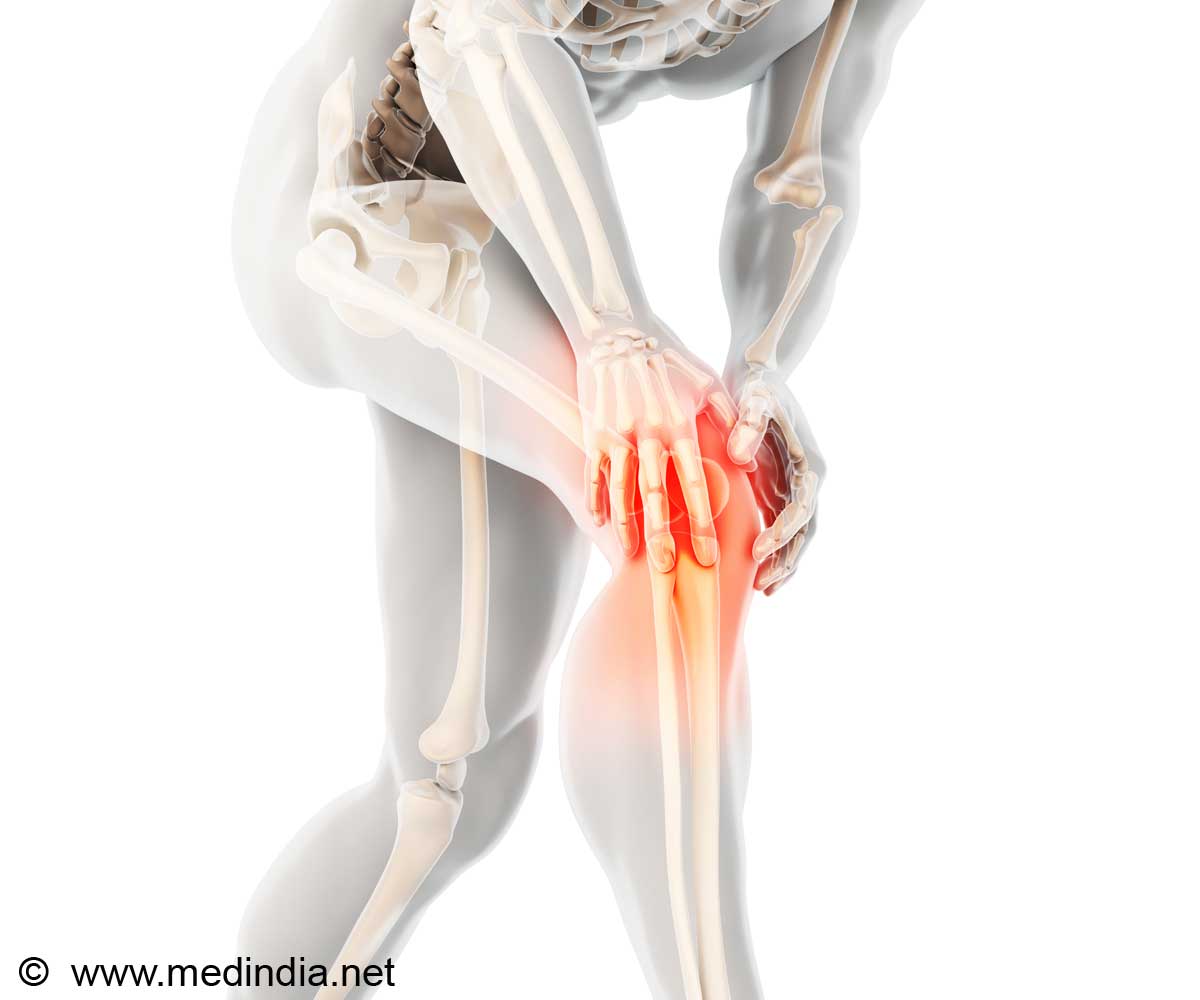Among trials comparing wedge insoles with neutral insoles, there was no significant or clinically important association between use of wedge insoles and reduction in knee pain.

Matthew J. Parkes, B.Sc., of the University of Manchester, England, and colleagues conducted a meta-analysis to assess the efficacy of lateral wedge treatments (shoes and insoles designed to reduce medial knee compartment loading) in reducing knee pain in patients with medial knee osteoarthritis. The authors conducted a search of the medical literature to identify randomized trials that compared shoe-based treatments (lateral heel wedge insoles or shoes with variable stiffness soles) aimed at reducing medial knee load, with a neutral or no wedge control condition. The wedge needed to be of 5° to 15° of angulation, which is a level shown in previous studies to reduce external knee adduction moment (torque). Studies must have included patient-reported pain as an outcome. Twelve trials met inclusion criteria with a total of 885 participants of whom 502 received lateral wedge treatment.
The researchers found, when considering all 12 trials, the overall effect estimate was a standard mean difference in pain between interventions that showed a moderately significant effect of a lateral wedge on pain reduction. However, the findings were highly heterogeneous across studies. Larger trials with a lower risk of bias suggested a null association.
When trials were grouped according to the control group treatment, the authors found that compared with neutral inserts, lateral wedges had no association with knee pain and heterogeneity was much lower across trial findings.
"These results suggest that compared with control interventions, lateral wedges are not efficacious for the treatment of knee pain in persons with medial knee osteoarthritis."
Advertisement










